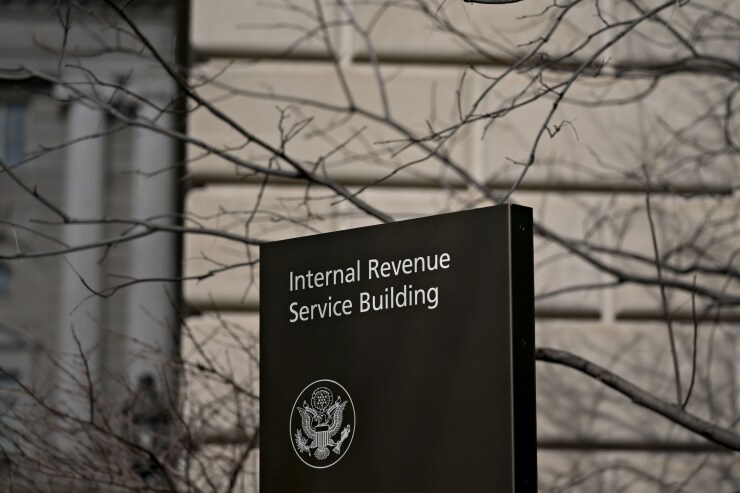Businesses who didn’t receive forgiveness on their Paycheck Protection Program loans can now claim a tax credit instead, thanks to a provision in last month’s coronavirus stimulus package.
The Internal Revenue Service posted
The PPP is part of the federal government’s response to the pandemic, providing forgivable loans backed by the U.S. Small Business Administration to businesses that qualify by retaining their employees. The initial round of $349 billion in funding provided by Congress in the CARES Act last March proved so popular that Congress added another $310 billion. However, the ever-changing rules, complexities and uncertainty surrounding whether a business’s loans would be forgiven deterred many businesses from applying for the second round of PPP funding before it expired last summer. The $284 billion that was approved for the latest round of funding includes much of the funding from the last go-round.
The SBA and the Treasury have been trying to simplify the process and reduce the obstacles this time around, encouraging more lending from community banks and working to get more loans to minority-owned businesses that couldn’t procure PPP loans last year. The latest guidance is in line with the effort to have businesses that receive PPP loans also retain their employees. Last week, the SBA offered a one-page form for applying for loan forgiveness for businesses with loans up to $150,000 (

The IRS said that employers can claim the Employee Retention Credit on any qualified wages that aren’t counted as payroll costs in obtaining PPP loan forgiveness. “Any wages that could count toward eligibility for the ERC or PPP loan forgiveness can be applied to either of these two programs, but not both,” said the IRS. “If you received a PPP loan and included wages paid in the 2nd and/or 3rd quarter of 2020 as payroll costs in support of an application to obtain forgiveness of the loan (rather than claiming ERC for those wages), and your request for forgiveness was denied, you can claim the ERC related to those qualified wages on your 4th quarter 2020 Form 941, Employer's Quarterly Federal Tax Return. You can also report on your 4th quarter Form 941 any ERC attributable to health expenses that are qualified wages that you didn't include on your 2nd and/or 3rd quarter Form 941.”
If a business decides to use this procedure, which is limited to the fourth quarter, it should add the Employee Retention Credit amount that’s attributable to the second and/or third quarter qualified wages and health expenses on line 11c or line 13d (as relevant) of their original fourth quarter Form 941 (along with any other ERC for qualified wages paid in the fourth quarter).
The business should also include the amount of these qualified wages paid during the second and/or third quarter (excluding health plan expenses) on line 21 of its original fourth quarter Form 941 (together with any qualified wages paid in the fourth quarter)
The business then needs to enter the same amount on Worksheet 1, Step 3, line 3a. It should also include the amount of these health plan expenses from the second and/or third quarter on line 22 of the fourth quarter Form 941 (along with any health expenses for the 4th quarter). Then it should enter the same amount on Worksheet 1, Step 3, line 3b.
The IRS acknowledged there may be some time constraints on doing all of this right now. “We understand this might be difficult to implement so late in the timeframe to file your 4th quarter return,” said the IRS. “You do not have to use this limited 4th quarter procedure. You can instead choose the regular process of filing an adjusted return or claim for refund for the appropriate quarter to which the additional ERC relates using Form 941-X.”
The IRS is likely to issue further and more detailed guidance on this and related matters to deal with some unanswered questions. “There is an interesting issue for fourth quarter 941 wages that is also not addressed by this guidance,” wrote Ed Zollars, a partner at Thomas, Zollars & Lynch, CPAs, on his
He noted that the IRS also hasn't yet released guidance on how to opt out of the Employee Retention Credit for otherwise qualified wages the employer wants to free up for use toward forgiveness under the PPP.




